Diwali, the festival of lights, is celebrated with much fervour in most parts of the Indian subcontinent. People offers prayers and greetings, deck up their houses with colourful rangolis or floor designs, tie garlands, burst firecrackers and light numerous lamps.
There are few versions of why Diwali came to be celebrated.
The most popular version in Hindu mythology, is when Ram defeated Ravan and returned to Ayodhya. Ram, Laxman and Sita were welcomed by the people with much grandeur. Rows of diyas were lit up on the roads, fireworks lit up the sky and the whole town of Ayodhya was decorated with flowers.
In another version, popular in Southern India, Diwali is celebrated when demon Narakasura was killed by Shree Krishna. Narakasura was the son of Goddess Earth Bhudevi and Lord Vishnu. By the request of his mother, Narakasura became a recipient of great power and a long life.
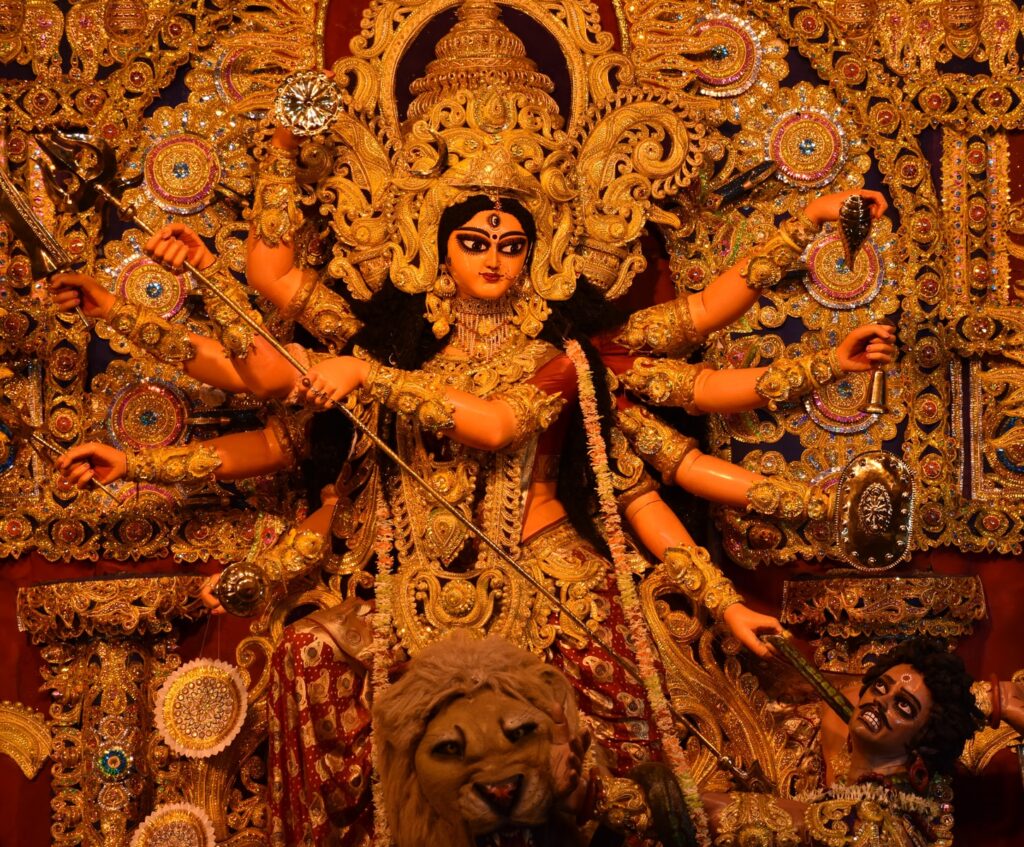
Lost in his power, he turned rogue and conquered both heaven and earth, and enslaved 16,000 women. All the Gods pleaded Vishnu to end his rule. Vishnu assured that he would defeat Narakasura in his later birth as Krishna.
Krishna also defeats Mura, the general of Narakasura’s army and thus gets the name of ‘Murari‘ or enemy of Mura.
In a different version, Diwali is celebrated when Vishnu dismisses the demon king Bali to the underworld. Bali or Mahabali was an all powerful king who ruled the earth and heavens. Vishnu, in his avatar as Vaaman, the dwarf brahmin, asks the king for three paces of land. Vaaman covers the earth with the first pace and the heaven with his second pace. As the third pace, Bali offers his own head. Vaaman places his foot on Bali’s head and pushes him to the underworld or PaatalLok.
It is also believed that the coronation of the great king Vikramaditya (102 BCE – 15 BCE), the then emperor of Ujjain, happened on the day after Diwali, and was celebrated with splendour.
According to Jain texts, Lord Mahavira, the 24th and the last Tirthankara, is said to have attained moksha or nirvana on the day of Diwali. Mahavir was a saint who preached dharma, and on this day, his soul is said to have become Siddha or pure.
There are many versions of festivals similar to Diwali around the world. The common feature of most of these festivals is that they are about a celebration and usually involve lamps, candles and firecrackers.
In Thailand, the festival of Loy Krathong is celebrated by people leaving flowers, candles and some coins in lotus-shaped rafts or krathongs in the river. It is believed that krathongs carry away bad luck and evil powers.
The Jewish festival of Hanukkah is celebrated to commemorate the rededication of the second temple in Jerusalem, during the 2nd century B.C.
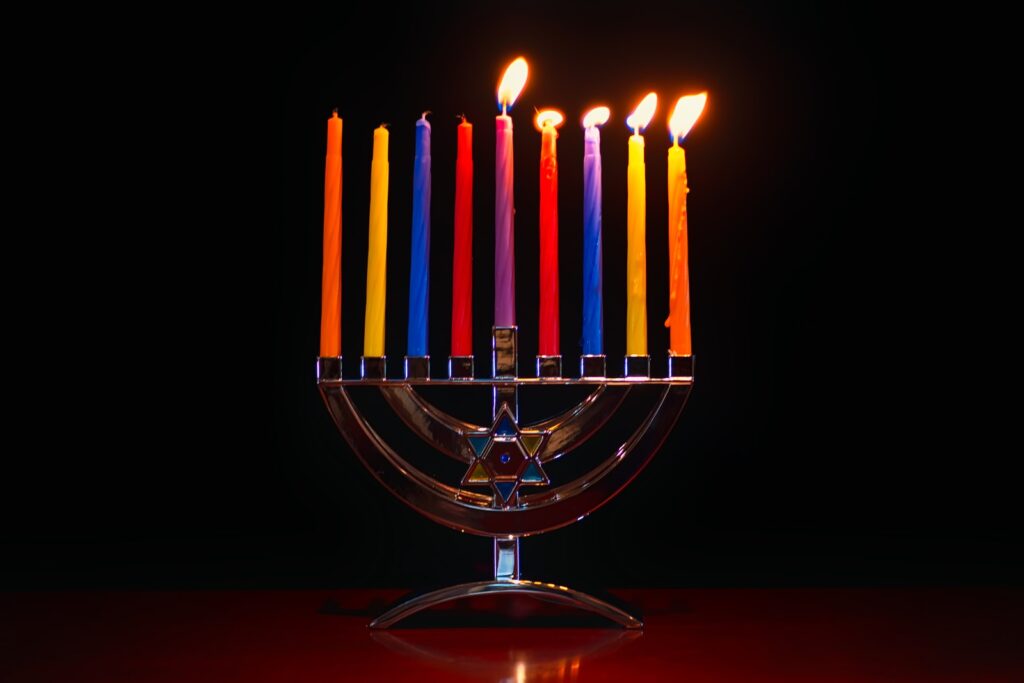
According to legend, Jews had revolted against their Greek-Syrian oppressors in the Maccabean revolt and this was to celebrate their homecoming. Candles are kept lighted for 8 days and delicious food is shared by the people.
France and Germany also have their versions of light festivals. In France, the heritage of the city of Lyon is celebrated by the people. They light candles in their windows and decorate their city.
La Falles is a traditional celebration held in Valencia, Spain, every year in the March. Large colorful figurines are carved out of wood and cardboard and are taken out on a grand procession with firecrackers. These figures symbolize ninots or evil powers and the festival marks their departure. On the last day of the procession, these are lit up in a bonfire.
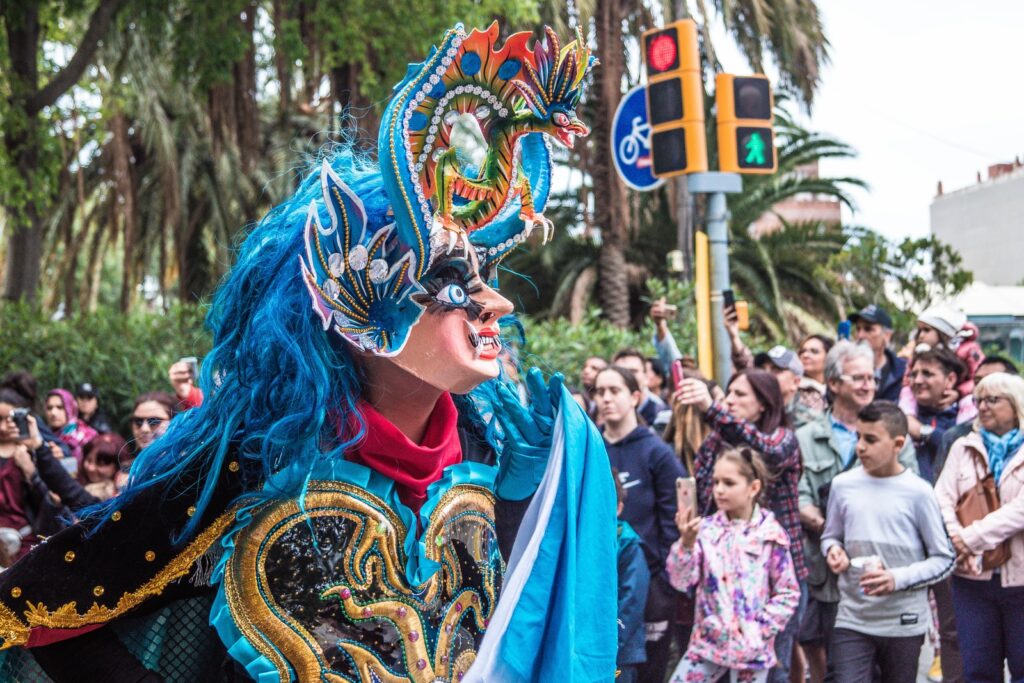
One common element of all the festival of lights around the world is that they mostly celebrate the principle of good winning over bad.
Divided by cultures, united by emotions!
Like (0)


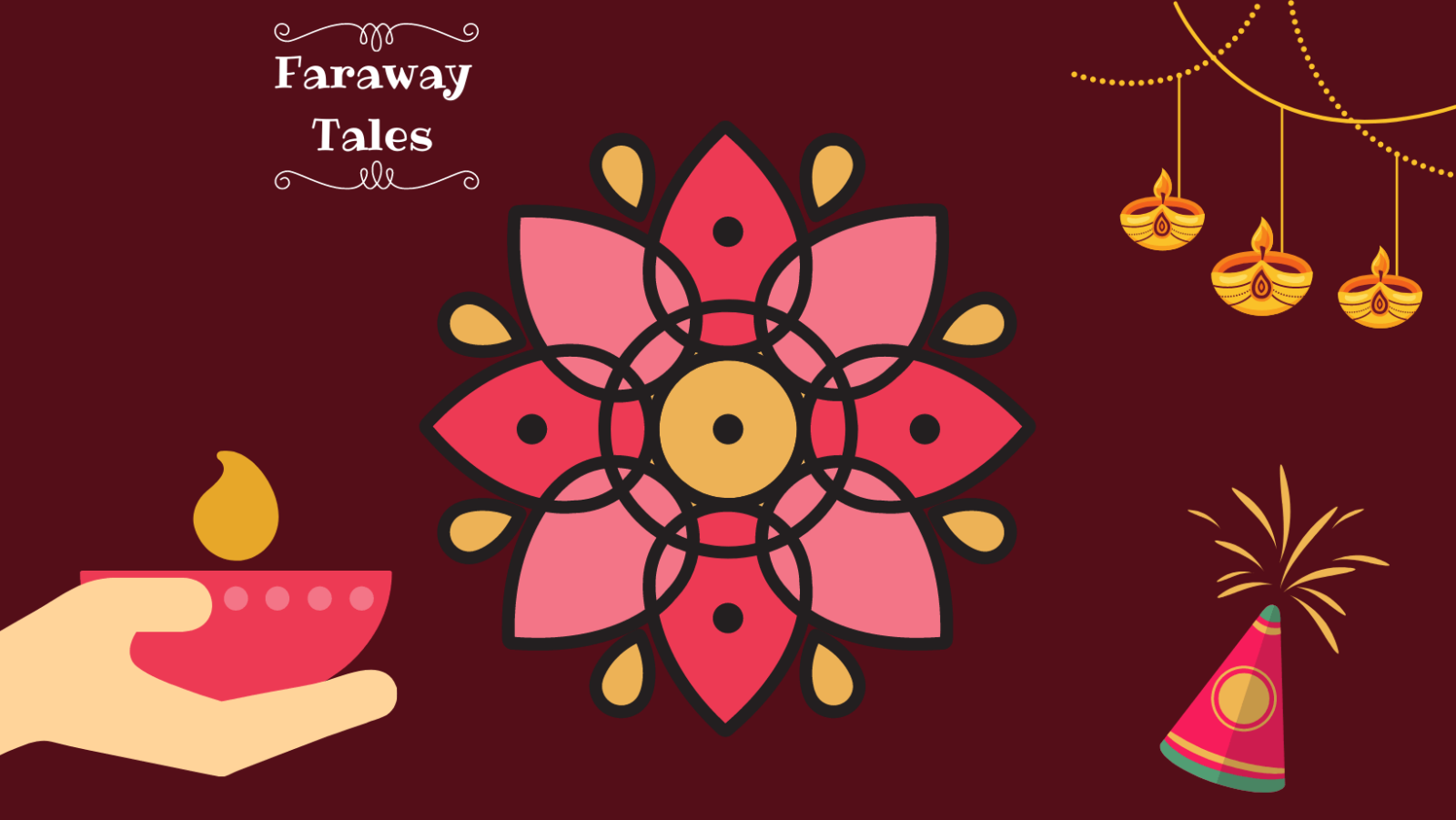
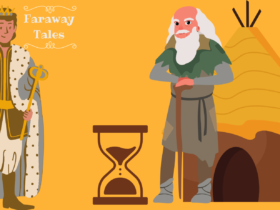
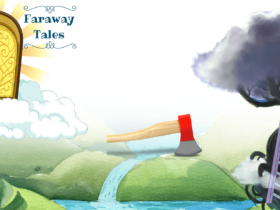
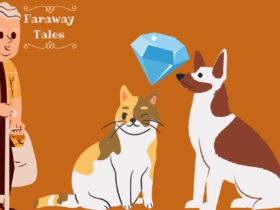
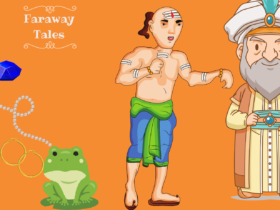
Leave a Reply